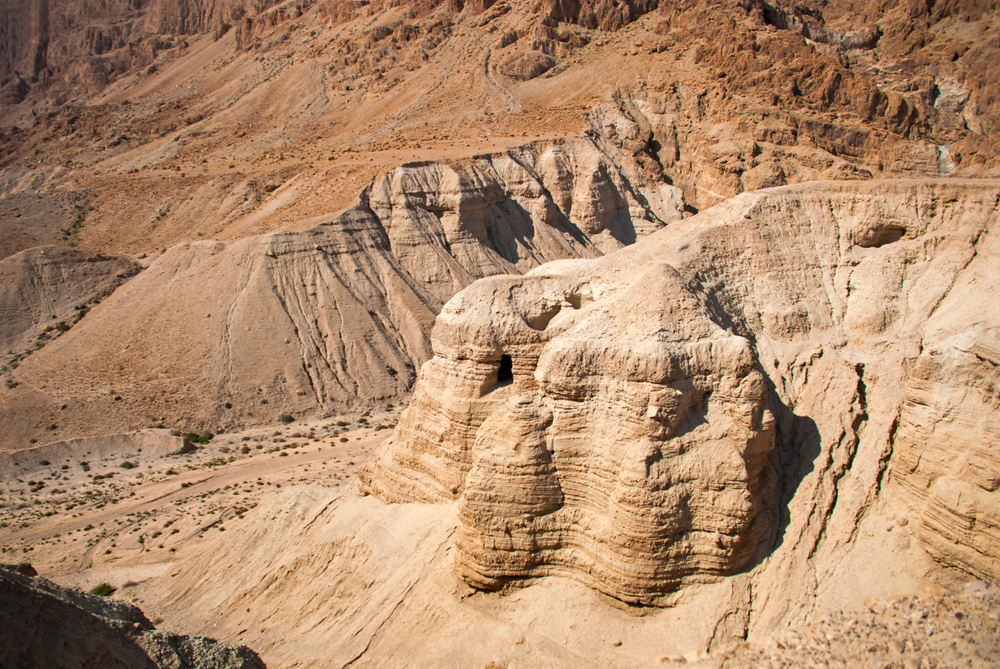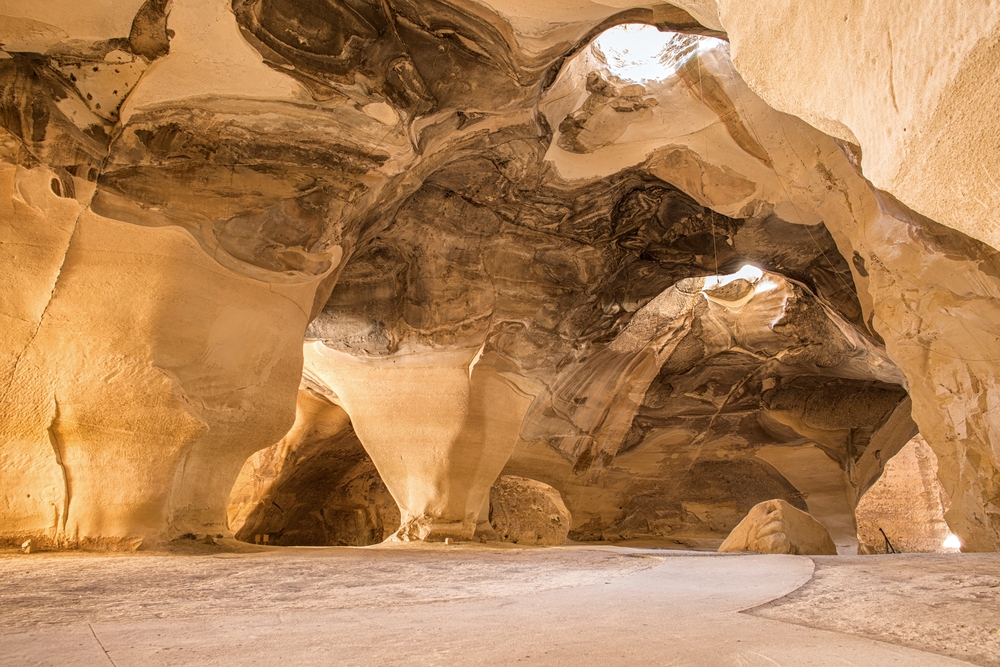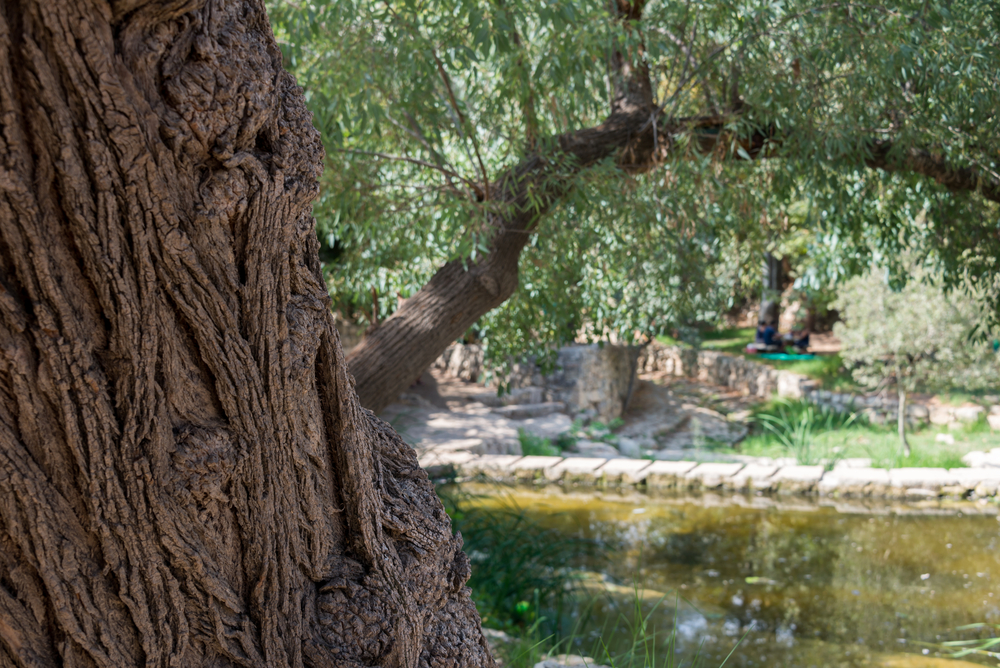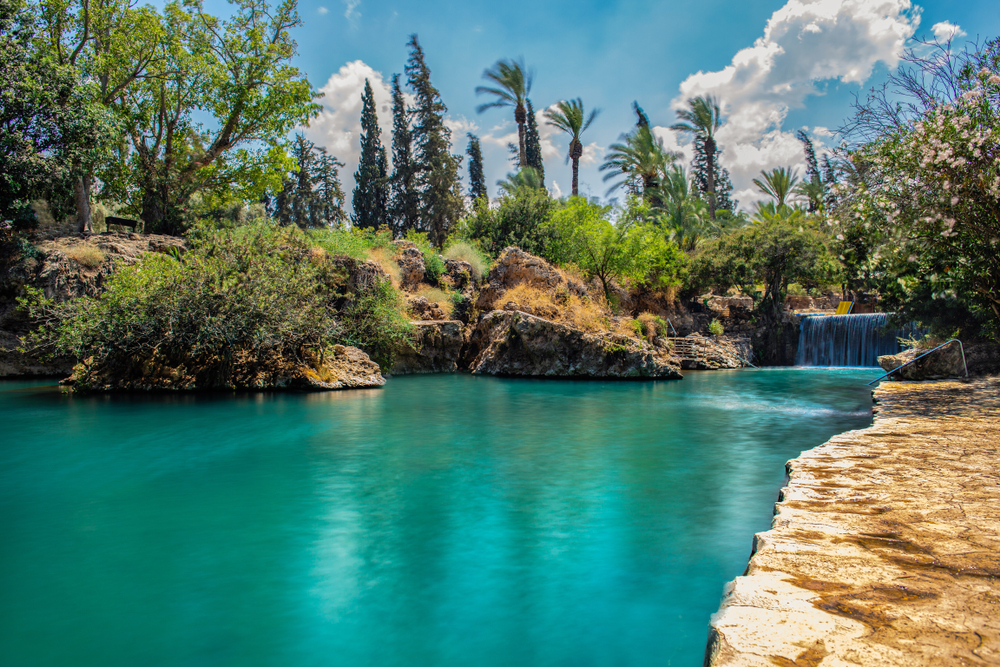Qumran Overview
Qumran National Park, located near the northwestern shores of the Dead Sea in Israel, is a site of profound historical and archaeological significance. Spanning approximately 0.5 square miles (1.3 square kilometers), the park preserves the ancient ruins of Qumran, a settlement famously associated with the Essenes, a Jewish sect active around the Second Temple period. This area gained worldwide recognition following the discovery of the Dead Sea Scrolls in the nearby caves during the mid-20th century, providing remarkable insights into Jewish history, religion, and culture during the late Second Temple era.
The terrain of Qumran National Park is rugged and arid, with dramatic cliffs and canyons overlooking the vast, shimmering expanse of the Dead Sea. The stark desert landscape is dotted with hardy shrubs and grasses, capable of surviving in the harsh environment, and serves as a testament to the resilience of life in extreme conditions. Visitors may also notice acacia trees and tamarisk in the wadis (seasonal riverbeds), contributing a touch of greenery to this otherwise barren landscape.
Wildlife in the park is adapted to the arid climate. Nubian ibex can occasionally be seen scaling the steep cliffs, while hyraxes scurry among the rocks. Bird species, such as sand partridges and desert larks, are common, and the area serves as a stopover point for migratory birds traveling between Europe and Africa. Reptiles, including geckos and agamas, thrive in the heat and rocky terrain.
Qumran offers visitors a unique opportunity to explore its ancient ruins, which include a communal dining room, scriptorium, and ritual baths, reflecting the daily life and spiritual practices of the Essenes. The nearby caves where the Dead Sea Scrolls were discovered are visible, though entry to most of them is restricted to preserve their integrity. The park features an informative visitor center with exhibits that provide context about the Essenes, the discovery of the scrolls, and their historical significance.
While Qumran’s archaeological treasures are its primary draw, the challenging desert climate and fragile ecosystems require careful conservation efforts. Preservation of the ruins and the surrounding natural environment is a key focus, with measures in place to manage visitor impact and protect the area’s biodiversity.
In summary, Qumran National Park is a remarkable blend of history, archaeology, and natural beauty, offering a glimpse into the life and beliefs of an ancient community. Its striking landscapes and proximity to the Dead Sea make it a must-visit destination for those interested in the rich tapestry of Israel’s past and the resilience of life in a challenging environment.














































































